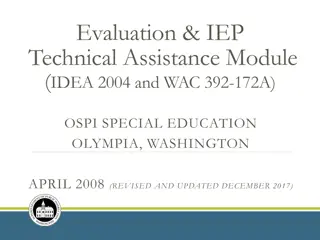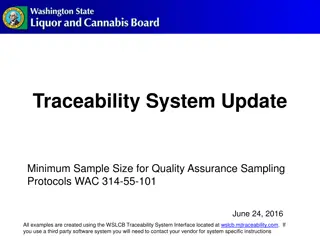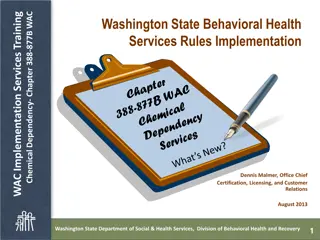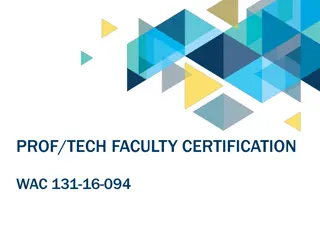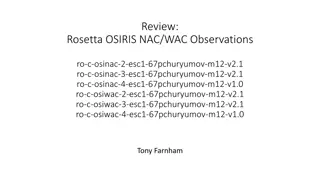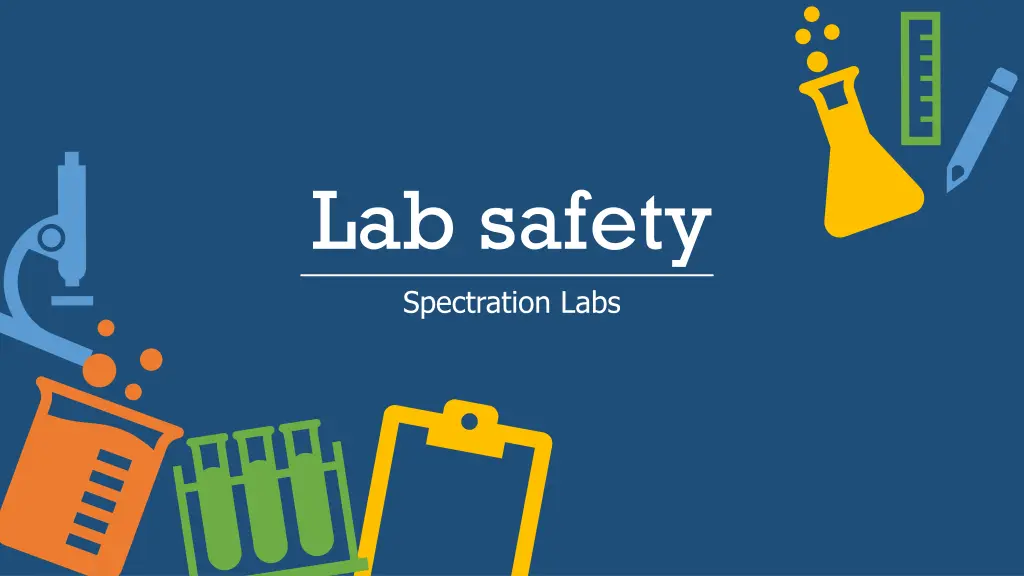
Essential Lab Safety Practices and Procedures
Discover key lab safety practices such as wearing proper PPE, familiarizing yourself with lab equipment, following safety guidelines, and responding to lab accidents effectively. Learn the importance of dressing appropriately for the lab, understanding the three Cs of lab safety, and implementing safe practices like waste disposal and emergency preparedness. Find out how to assess and handle lab accidents, prioritize safety, and report incidents promptly for a secure lab environment. Ensure a safe lab environment by cleaning up, storing chemicals correctly, and shutting down equipment after lab sessions.
Download Presentation

Please find below an Image/Link to download the presentation.
The content on the website is provided AS IS for your information and personal use only. It may not be sold, licensed, or shared on other websites without obtaining consent from the author. If you encounter any issues during the download, it is possible that the publisher has removed the file from their server.
You are allowed to download the files provided on this website for personal or commercial use, subject to the condition that they are used lawfully. All files are the property of their respective owners.
The content on the website is provided AS IS for your information and personal use only. It may not be sold, licensed, or shared on other websites without obtaining consent from the author.
E N D
Presentation Transcript
Lab safety Spectration Labs
Lab safety begins before you go to the lab Wear appropriate personal protective equipment (PPE) Familiarize yourself with the lab layout and equipment Read and understand safety guidelines and protocols Never perform work alone Follow proper personal hygiene practices
Dressing for lab Below include an image in each box (clip art, icon, or picture) of appropriate lab dress. Label each image using the text box provided. Lab coat Close-toed shoes Full-coverage clothing Safety goggles Protective gloves Hair restraints
Safe lab practices The three Cs of lab safety Careful conduct Correct equipment Chemical awareness
Safe lab practices contd Three key elements of lab safety Proper waste disposal Emergency preparedness Labeling and storage
In the event of a lab accident Assess the situation: Quickly assess the severity of the accident and the potential risks to yourself and others. Prioritize safety and evacuate the area if necessary. Notify others: Immediately alert nearby colleagues or lab personnel about the accident, ensuring they are aware of the situation and can help if needed. Seek first aid: If someone is injured, administer basic first aid if you are trained to do so, or seek medical attention promptly. Report any injuries, no matter how minor, to the lab supervisor or appropriate personnel. Contain and control: If possible and safe to do so, contain the spill or accident area using appropriate methods, such as using spill kits or shutting off equipment. Prevent the spread of hazards to other areas. Report the incident: Report the accident to the lab supervisor or designated safety officer as soon as possible. Provide a detailed account of the incident, including any chemicals involved and the actions taken to respond to the situation. Note: In case of a serious or life-threatening accident, call emergency services immediately (e.g., 911 or the appropriate emergency number for your local area) before taking further action. Safety should always be the top priority during any lab accident.
At the end of your lab time Clean up: Thoroughly clean and organize your workspace, including removing any spills, disposing of waste properly, and returning equipment to its designated storage area. Properly store chemicals: Ensure all chemicals are stored securely in their designated storage locations, with proper labeling and lids tightly closed. Check for any expired or deteriorated chemicals and report them for disposal. Shutdown equipment: Turn off all equipment used during the lab session. This includes gas valves, heating devices, and electrical equipment. Return shared equipment to its default setting. Wash up: Practice good personal hygiene by washing your hands and removing any lab coats or gloves before leaving the lab area. Prevent potential contamination by leaving the lab environment clean and safe for others. Submit reports: If required, submit any lab reports, experimental data, or findings as per the lab's guidelines. Ensure proper documentation of the work performed during the lab session.
Safety first, science always!






